Introduction
White radish dumplings, a beloved dish in many Asian cuisines, are a testament to the simplicity and versatility of humble ingredients. Made primarily from grated white radish (also known as daikon), these dumplings offer a delicate balance of flavors and textures—crisp on the outside, tender within, and bursting with savory umami. Often served as an appetizer, snack, or side dish, they are a staple at family gatherings, festivals, and casual meals alike. This article will guide you through the process of creating these delectable treats from scratch, ensuring you achieve the perfect blend of taste and texture every time.
The Humble Hero: White Radish
Before diving into the recipe, it’s essential to appreciate the star ingredient: the white radish. This root vegetable, with its mild, slightly peppery flavor and high water content, forms the base of the dumplings. When grated and mixed with other ingredients, it becomes the canvas for a symphony of flavors. Selecting a fresh, firm white radish is crucial—look for ones with smooth, unblemished skin and vibrant green leaves (if attached). Avoid radishes that feel soft or have visible sprouts, as these may indicate age or spoilage.
Ingredients: Building Blocks of Flavor
Creating the perfect white radish dumpling requires a harmonious combination of ingredients. Below is a detailed list of components, each playing a vital role in the final dish:
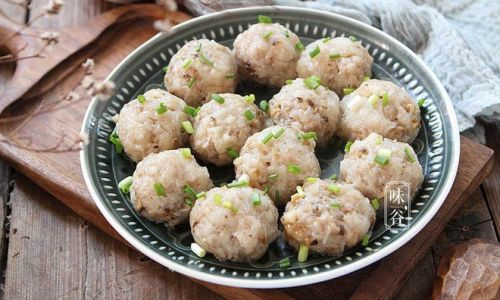
- White Radish (2 medium-sized, approximately 1.5 kg): The backbone of the recipe, providing moisture and a subtle sweetness.
- Cornstarch (100g): Acts as a binder, ensuring the dumplings hold their shape during cooking.
- Rice Flour (50g): Adds a light, airy texture and helps absorb excess moisture.
- Dried Shrimp (30g, optional): Enhances umami depth; soak in warm water for 10 minutes before use.
- Shiitake Mushrooms (4-5 pieces, dried or fresh): Contributes an earthy, meaty flavor. Rehydrate dried mushrooms in hot water for 20 minutes.
- Carrot (1 small, finely diced): Adds color and a hint of sweetness.
- Spring Onions (3-4 stalks, chopped): For a fresh, aromatic kick.
- Garlic (3 cloves, minced): Enhances the savory profile.
- Ginger (1-inch piece, grated): Provides warmth and complexity.
- Soy Sauce (2 tbsp): Balances the flavors with its salty-savory notes.
- Sesame Oil (1 tsp): Imparts a nutty aroma and richness.
- White Pepper (½ tsp): Adds a subtle, lingering heat.
- Salt (1 tsp, or to taste): Adjust according to preference.
- Vegetable Oil (for frying): Ensures even browning and crispiness.
Step-by-Step Preparation
Preparing the White Radish
Start by peeling the white radish and trimming its ends. Using a box grater or food processor, grate the radish into fine shreds. Transfer the grated radish to a clean cheesecloth or kitchen towel, gather the edges, and twist firmly to squeeze out excess moisture. This step is critical—excess liquid can make the dumplings soggy. Reserve the squeezed radish juice for later use (it adds flavor to soups or stocks).
Sautéing Aromatics and Fillings
In a large pan, heat 1 tbsp of vegetable oil over medium heat. Add the minced garlic and grated ginger, sautéing until fragrant (about 30 seconds). Stir in the dried shrimp (if using) and shiitake mushrooms, cooking until the mushrooms soften and the shrimp turns golden. Toss in the diced carrots and spring onions, stirring for another 2-3 minutes. Season with soy sauce, sesame oil, white pepper, and a pinch of salt. Remove from heat and let the mixture cool completely.
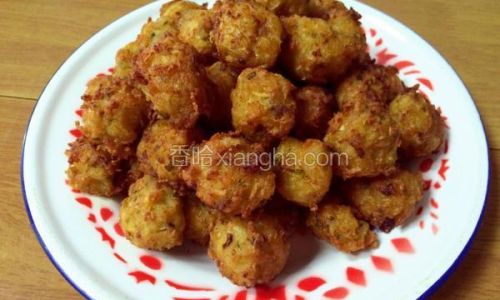
Combining Ingredients
In a mixing bowl, combine the grated white radish, cooled aromatic mixture, cornstarch, and rice flour. Mix thoroughly until the ingredients are evenly distributed. The mixture should hold its shape when pressed together—if it feels too wet, add an extra tablespoon of cornstarch. Avoid overmixing, as this can make the dumplings dense.
Shaping the Dumplings
Using damp hands to prevent sticking, scoop a tablespoon of the mixture and roll it into a smooth ball. Gently press the top to flatten slightly, creating a disc shape. Alternatively, form small cylinders or oval shapes for variation. Place the shaped dumplings on a parchment-lined tray, ensuring they don’t touch to prevent sticking.
Cooking Methods: Steaming vs. Pan-Frying
White radish dumplings can be cooked using two primary methods, each offering a distinct texture:

-
Steaming:
- Fill a steamer basket with water and bring it to a rolling boil.
- Lightly oil the steamer tray to prevent sticking.
- Arrange the dumplings in a single layer, leaving space between them.
- Steam for 15-20 minutes, or until the dumplings turn translucent and firm.
-
Pan-Frying (Recommended for Crispiness):
- Heat 2-3 tbsp of vegetable oil in a non-stick pan over medium heat.
- Place the dumplings in the pan, flat side down, and cook for 3-4 minutes until golden brown.
- Reduce heat to low, add 2-3 tbsp of water, and cover immediately.
- Steam-fry for an additional 5-7 minutes, or until the water evaporates and the dumplings are cooked through.
- Remove the lid and increase heat to medium-high, frying until the bottoms are crispy.
Serving Suggestions
White radish dumplings shine when paired with complementary flavors. Consider these serving ideas:
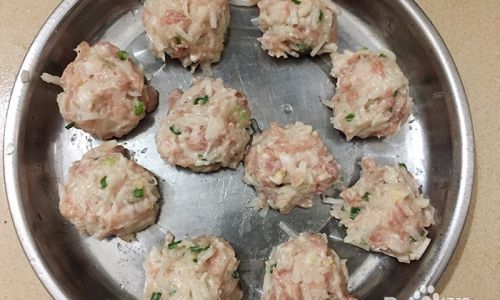
- Dipping Sauce: A mixture of soy sauce, rice vinegar, chili oil, and a dash of sesame oil.
- Garnishes: Fresh cilantro, toasted sesame seeds, or pickled ginger.
- Accompaniments: Serve alongside congee, noodles, or as part of a dim sum spread.
Tips for Perfect Dumplings
- Moisture Control: Excess liquid is the enemy of crispy dumplings. Always squeeze the radish thoroughly and avoid overloading the mixture with wet ingredients.
- Temperature Management: When pan-frying, start with a hot pan to crisp the bottoms, then reduce heat to ensure even cooking.
- Customization: Experiment with fillings like minced pork, shrimp, or water chestnuts for added texture.
- Storage: Cooked dumplings can be refrigerated for up to 3 days or frozen for a month. Reheat in a steamer or oven to maintain crispiness.
Troubleshooting Common Issues
- Soggy Dumplings: If the dumplings fall apart during cooking, the mixture may be too wet. Add more cornstarch or rice flour next time.
- Dry Texture: Overcooking can lead to dryness. Monitor cooking times closely, especially when steaming.
- Lack of Flavor: Ensure the aromatics (garlic, ginger, shrimp) are adequately sautéed to release their flavors.
Cultural Significance and Variations
White radish dumplings hold a special place in many Asian cultures. In China, they are a Lunar New Year staple, symbolizing prosperity and good fortune. In Vietnam, bánh hỏi chả giò features a similar concept, while Japanese daikon no hanabira offers a delicate, floral twist. Regional variations may incorporate ingredients like fish sauce, five-spice powder, or chili paste, reflecting local tastes.

Health Benefits of White Radish
Beyond its culinary appeal, white radish is a nutritional powerhouse. Low in calories and high in fiber, it aids digestion and promotes gut health. Rich in vitamin C and antioxidants, it supports immune function and skin health. Its diuretic properties also make it a natural detoxifier.
Conclusion
Mastering the art of white radish dumplings is a rewarding endeavor that connects you to centuries of culinary tradition. Whether steamed or pan-fried, these dumplings offer a canvas for creativity, allowing you to tailor flavors to your liking. With patience and practice, you’ll soon be crafting batches that rival those of seasoned chefs. So, gather your ingredients, embrace the process, and savor the joy of homemade dumplings—a testament to the magic of simple, wholesome cooking.
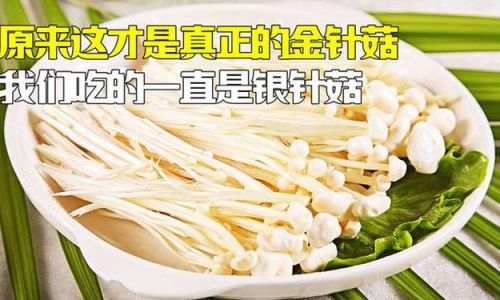

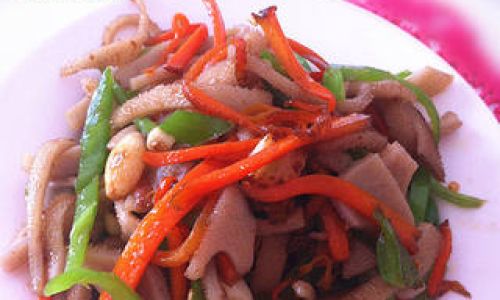
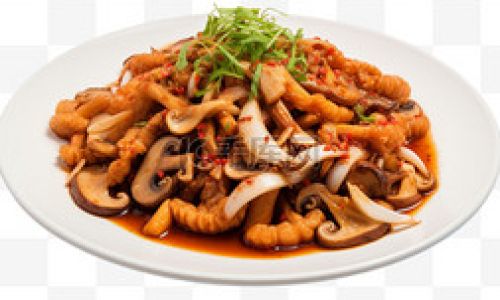
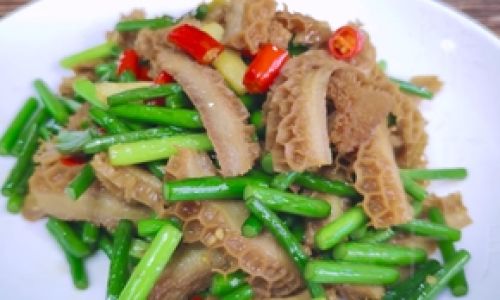
0 comments